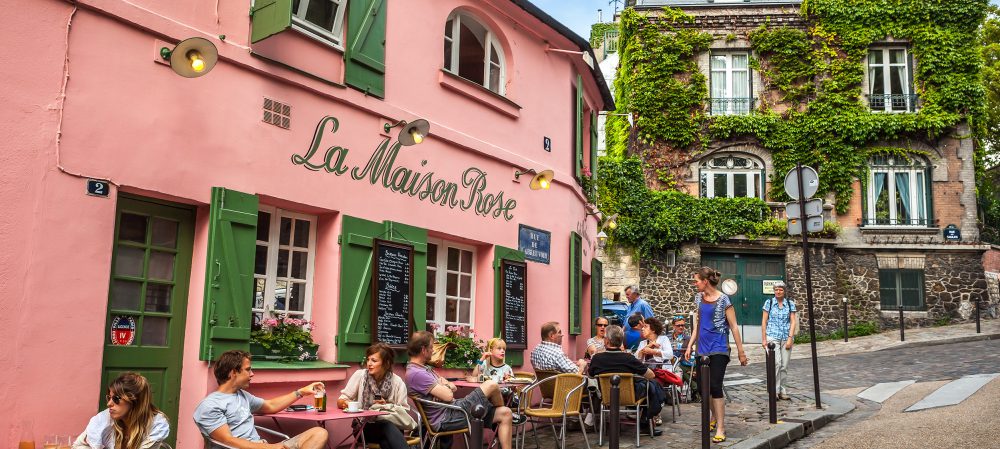After spending a week in the most beautiful city in the world, viewing the architectural style, looking at the Eiffel Tower, visiting places like the Louver, Picasso Museum, and Orsay Museum, Visiting the Cathedral and Sacred Heart in Montmorie, learning about American writers while walking through the city, walking along the senie, enjoying pastries and food, and spending quality time in Cafes and restaurants, it feels like a dream.
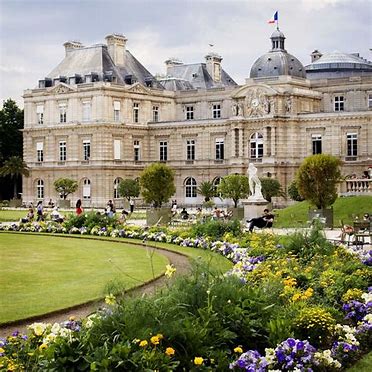
The Luxembourg Garden has a rich history. Anyone can relax, play games, listen to music, enjoy cuisine and pastries, and enjoy the scenery and fresh air. You can sit and spend hours admiring the view, not notice as time passes, and never get tired of it. It is a place where families spend time, politicians relax, couples go on dates, and kids play. It contains The Medici Fountain, The Orangery, The Statues, The Bandstand, and the Remarkable Trees.
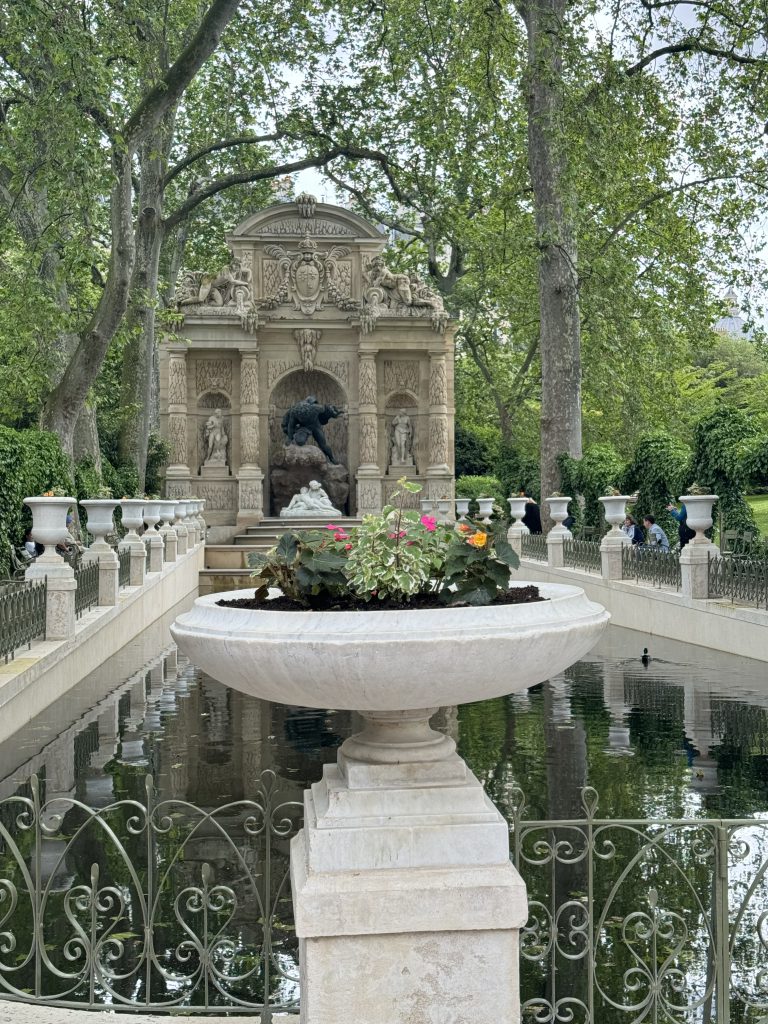
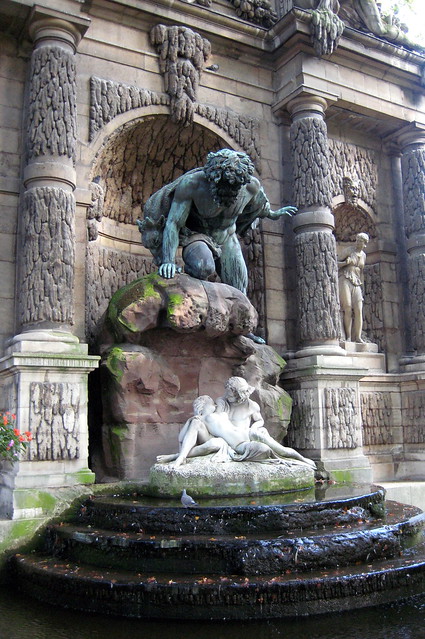
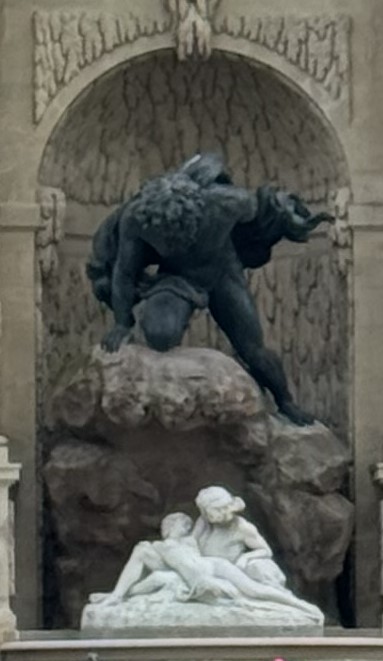
Marie de Medici, the widow of King Henry IV, had the Medici Fountain, initially called the Luxembourg Grotto, built in 1630, supposedly by Thomas Francine, as an homage to the Italian gardens. The fountain underwent reparations and moved 30 meters from the palace. The Tragic Story Behind the Statues consists of Polyhemus surprising Acis and Galatea, where Galatea chooses Acis over the Cyclops Polyhemus because of his appearance and, driven by jealousy, Polyhemus kills the mortal Acis; in the end, the Nymph Galatea turns Acis into a waterful living for all eternity. The story portrays jealousy, transformation, and acceptance of one’s beauty.
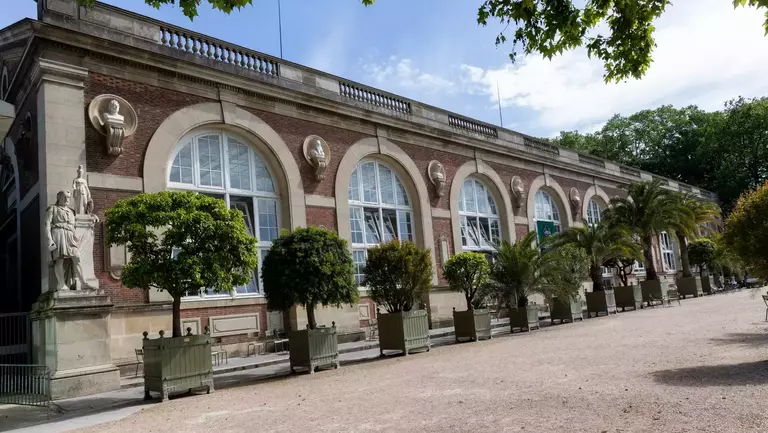
The Orangey is a building located west of the Luxembourg Garden. It contains 180 plants, such as oranges, palms, and pomegranates, exhibited from May to October every year. The species’ age is estimated to be between 250 and 300 years old. Parisians ensure that they take great care of all plant species in the Orangey. Since Marie de Medici created it to protect the citrus trees from winter, it is also used as a venue for concerts and exhibitions. Parisians make sure to maintain the structure of the building and plant. By replanting adults every 12-15 years and reducing the side of the plum trees so they grow healthy, they care for the plants, which have become a valuable part of Parisian history.
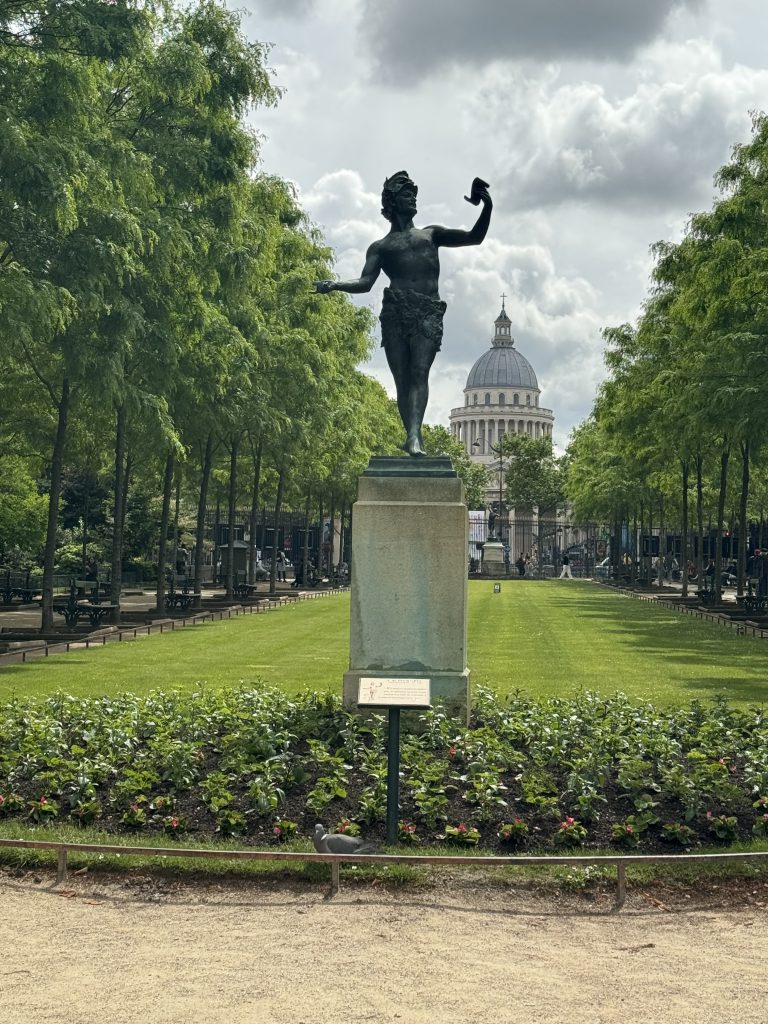
The Luxembourg Garden is home to 102 statues, most of which were created in the 19th century. These statues allow visitors to time travel and admire the artists of that era. They include statues representing the liberation of slaves, queens, kings, artists, singers, and writers. The garden also has a smaller version of the Statue of Liberty, which was created for an international exposition to demonstrate the relationship between France and the United States. The image of the statue above is of a Greek actor sculpted by Barn Charles Auther in 1868 for an exhibition. In 1873, the French state bought the statue for 7000 francs.
The bandstand was built in 1888. The Senate allows anyone and everyone to play for free. They can have concerts, and people in the community can enjoy their time while listening to music for free. There are chairs all over the park where anyone can sit and relax while listening to music and eating lunch since there are multiple cafes and restaurants throughout the Luxembourg Garden.
Overall, my experience in the Luxembourg Graden was memorable, and I will never forget it. While walking through the Garden, I witnessed the art and history Paris has to offer and its beauty. The Garden possesses many games, such as basketball, racket ball, selling small boats, chess, and sandboxes. Watching people interact with one another and spend time with their families is fantastic. I could sit down and enjoy the scenery before me, and it was breathtaking, as if time had stopped. I felt the breeze in my hair, an unforgettable moment that will stay with me like many others. Every day in this city, I make unforgettable memories that will stay with me forever. Like Hemingway liked to say, Paris is a moveable feast.
